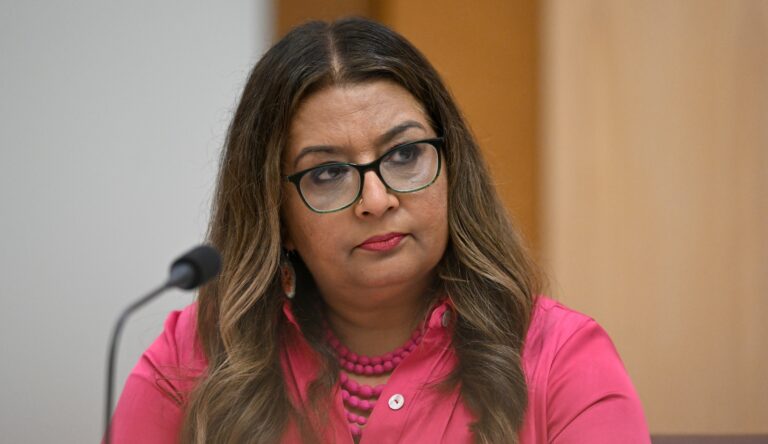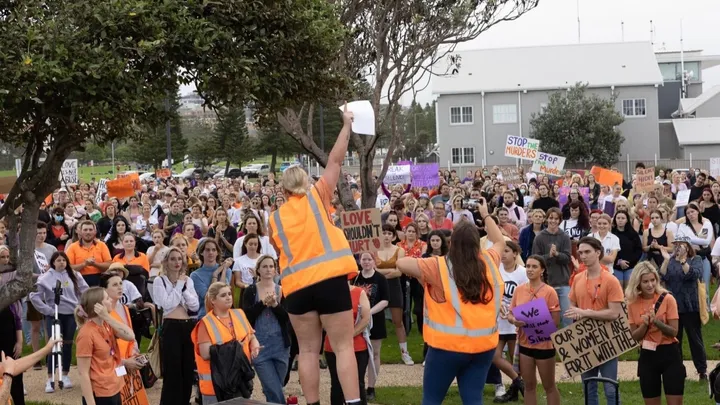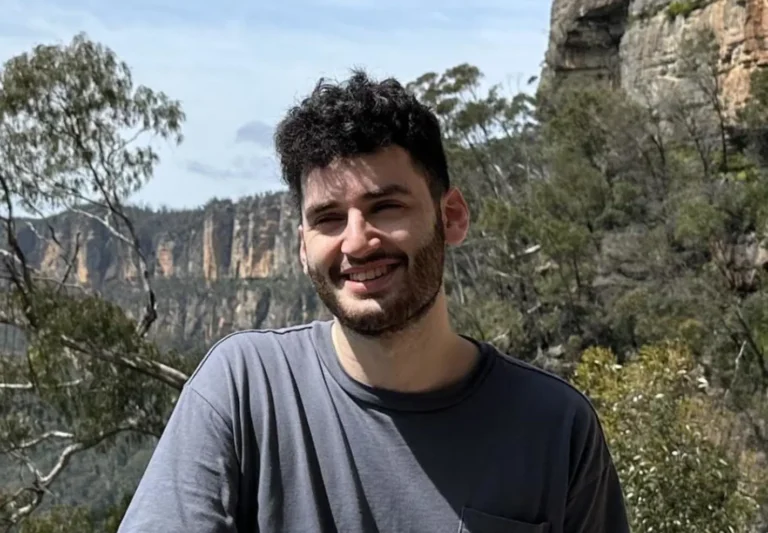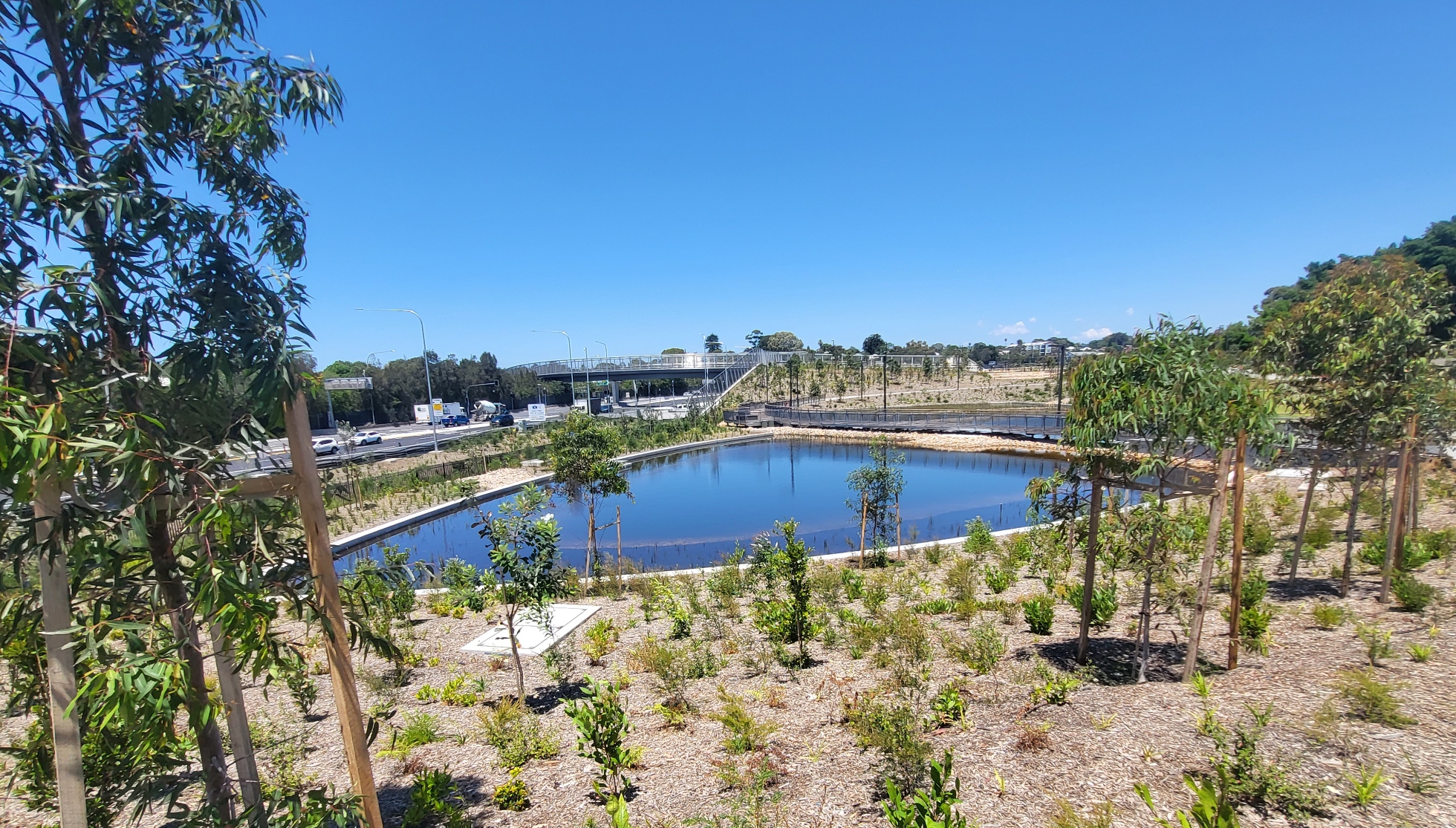
Democracy is blind
Blind, perhaps, but fair. The order in which candidates appear on the ballot paper can affect the outcome because some ‘donkey-voters’ simply number the squares from the top or bottom, favouring the candidates in those positions.
So the Australian Electoral Commission (AEC) goes to great pains to ensure the order is random.
First, in a process open to the public, wooden balls about the size of tom-bowler marbles are arranged on a tray, each numbered up to the number of candidates in a seat.
The balls are then placed in a cage-wire ‘barrell’ and the drawer blindfolded. The barrel is turned a few times to mix up the balls, and any present are invited to have another roll. Last Friday at the AEC draw for Wentworth, no-one took up the offer. As each number is drawn, it is placed from top to bottom against candidates’ names listed in the order in which they had nominated.
Each candidate thus has a number. The process is repeated, with the first candidate’s number getting top position on the ballot paper, the second number deciding second place and so-on.
For the seat of Sydney, the order was 1. Brett Paterson (Democrats); 2. Christopher Owen (Secular); 3. Tanya Plibersek (ALP); 4. Tony Hickey (Greens); 5. Gordon Weiss (Liberal) 6. Jane Ward (Ind) and 7. Denis Doherty (Communist).
For Wentworth the order was 1. Matthew Robertson (Greens); 2. Pat Sheil (Ind); 3. Malcolm Duncan (Ind); 4. Stuart Neal (Carers); 5. John August (Secular); 6. Malcolm Turnbull (Liberal); and 7. Steven Lewis (ALP).
The vote will be on August 21.
by Michael Gormly









